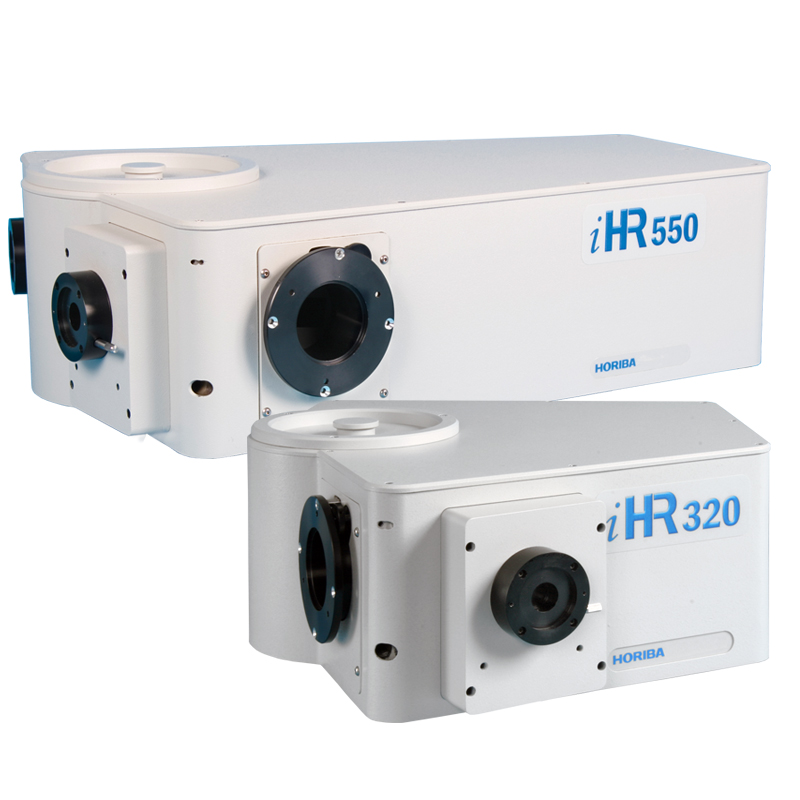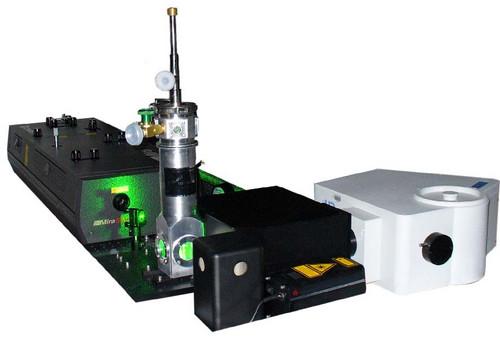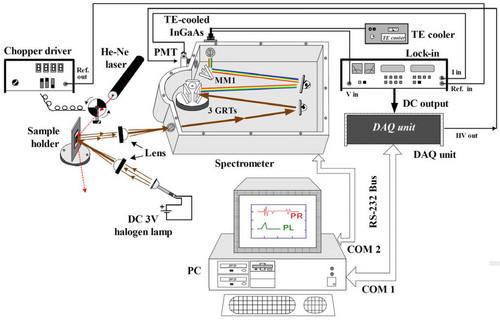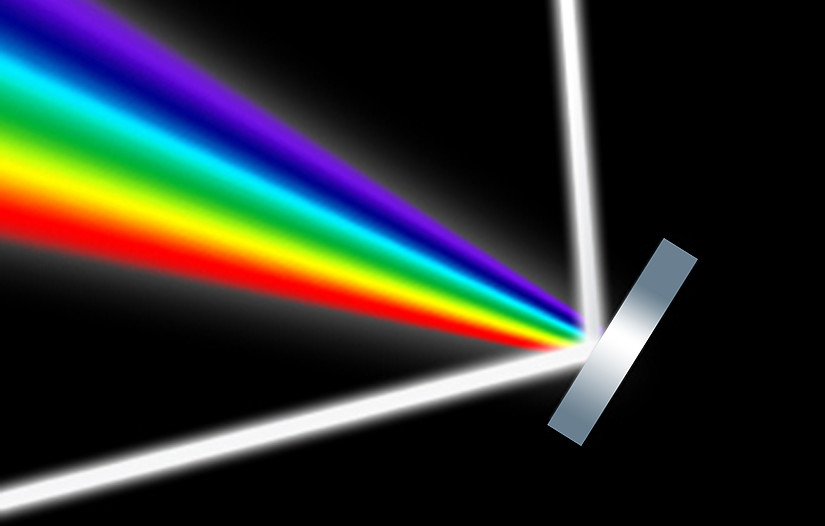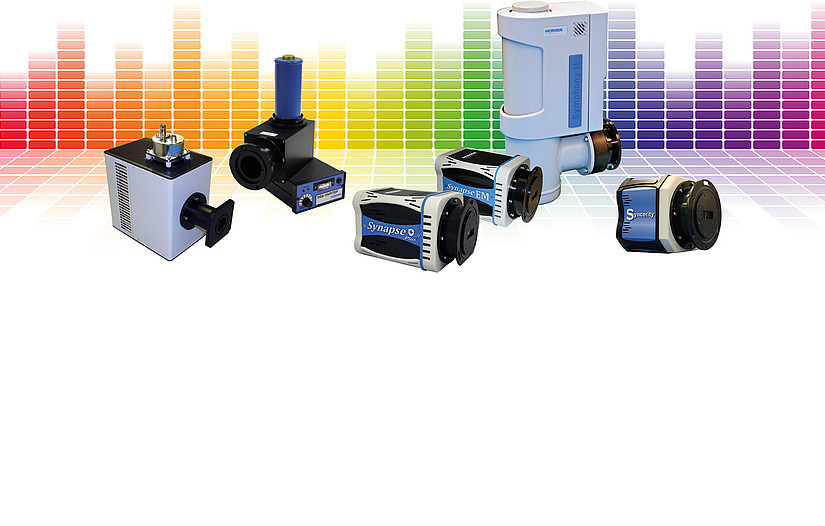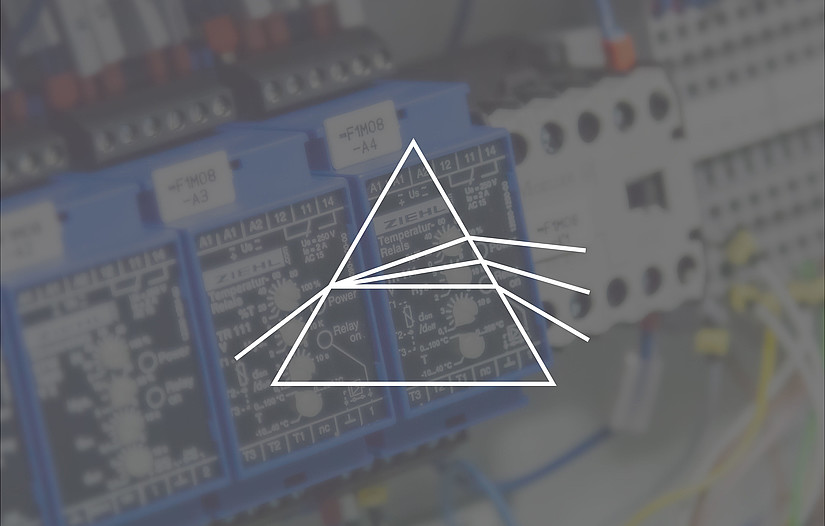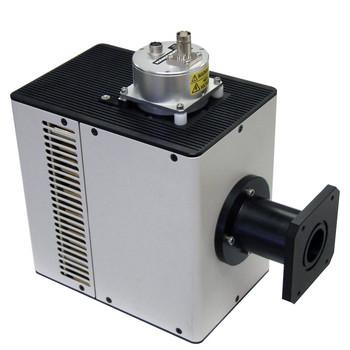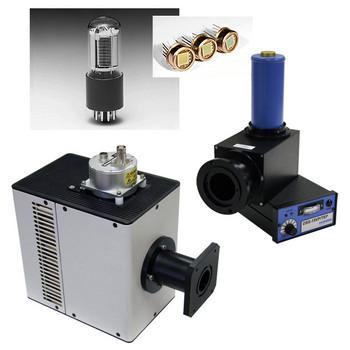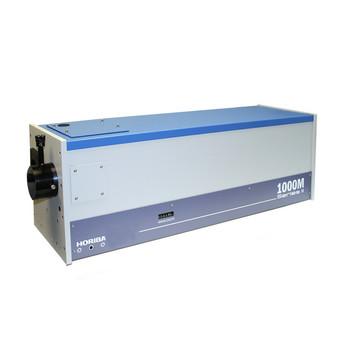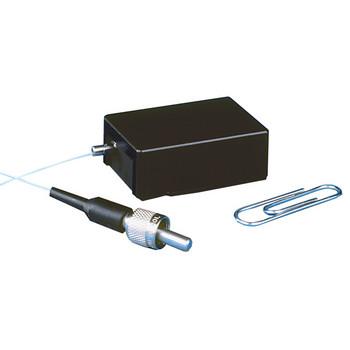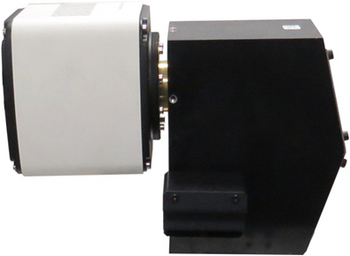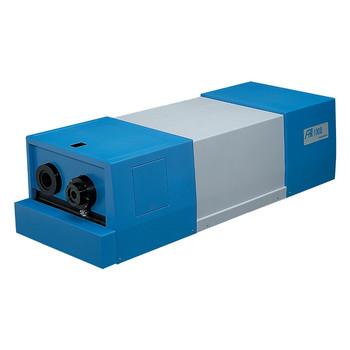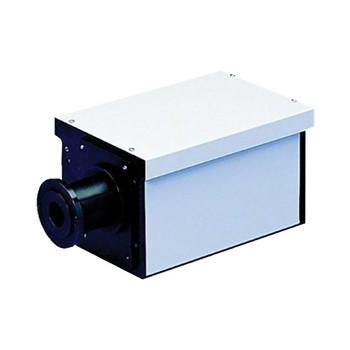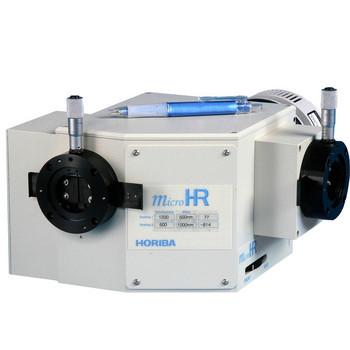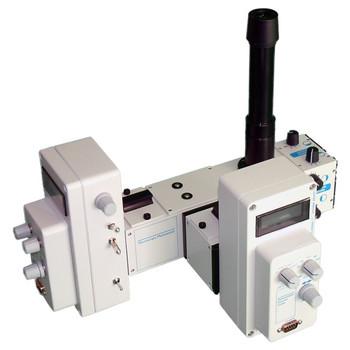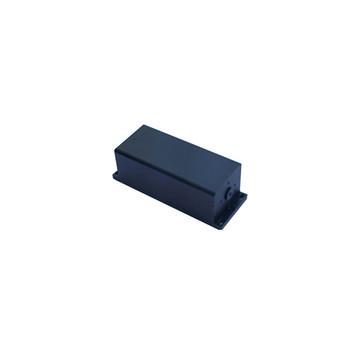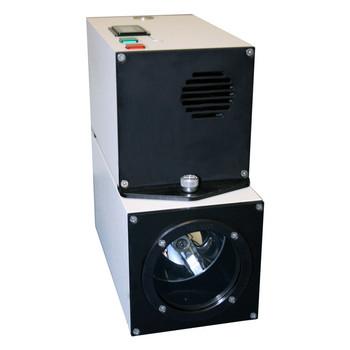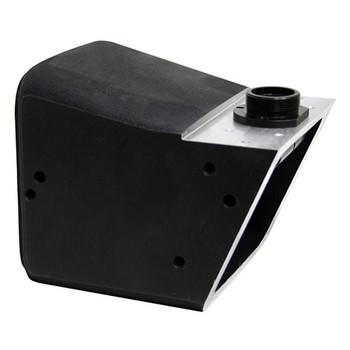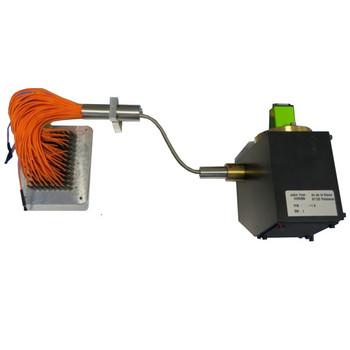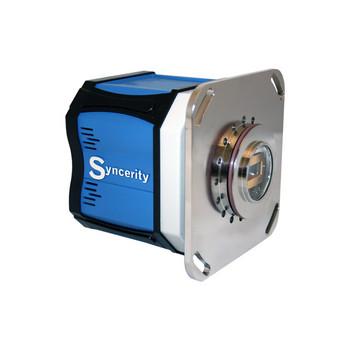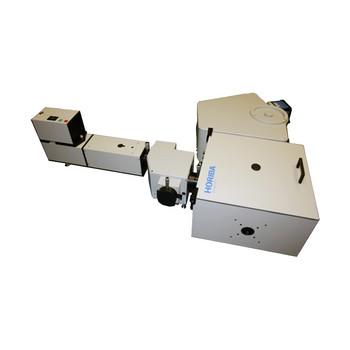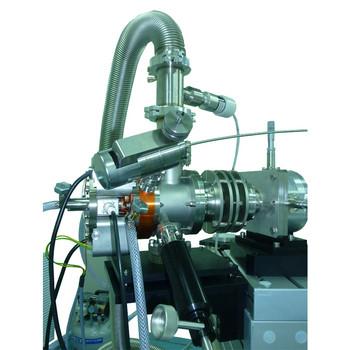
| iHR 320 | iHR 550 | ||
|---|---|---|---|
| Focal Length | 320 mm | 550 mm | |
| Aperture | f/4.1 | f/6.4 | |
| Spectral Range | 150 to 1500 nm w/ 1200 g/mm grating 150 nm to 40 µm w/ appropriate gratings | 150 to 1500 nm w/ 1200 g/mm grating 150 nm to 40 µm w/ appropriate gratings | |
| Grating Size | 68 mm x 68 mm | 76 mm x 76 mm | |
| Number of Gratings on Turre | up to 3 | up to 3 | |
| Flat Field Size | 30 mm x 12 mm | 30 mm x 12 mm | |
| Wavelength Accuracy | ± 0.20 nm | ± 0.20 nm | |
| Repeatability | ± 0.075 nm | ± 0.075 nm | |
| Spectral Dispersion (@500 nm) | 2.31 nm/mm | 1.34 nm/mm | |
| Magnification | 1.1 | 1.1 | |
| Stray Light* | 1.5 x 10-4 | 1 x 10-5 | |
| Scan Speed | 160 nm/sec | 160 nm/sec | |
| Step Size | 0.002 nm | 0.002 nm | |
| Computer Interface | Hi-Speed USB | Hi-Speed USB | |
| Dimensions | Length | 417 mm (16.4 in) | 648 mm (25.51 in) |
| Width | 422 mm (16.6 in) | 460 mm (18.09 in) | |
| Height | 192 mm (7.6 in) | 193 mm (7.78 in) | |
| Weight | 20 kg (45 lb) | 28 kg (62 lb) | |
*Stray measured at 1 nm from 514 nm laser with HORIBA Scientific Holographic Gratings.
